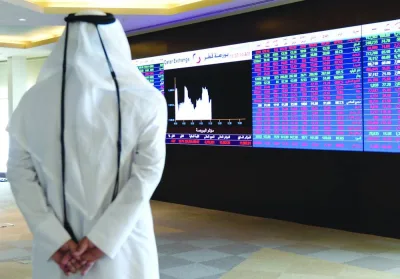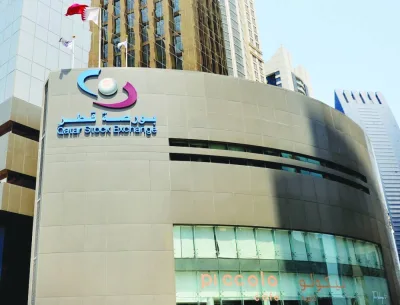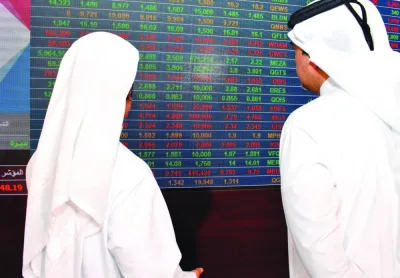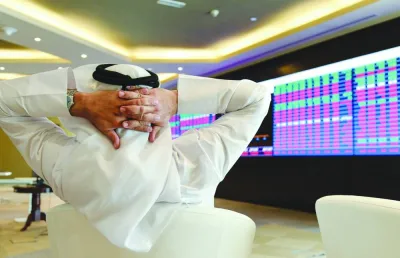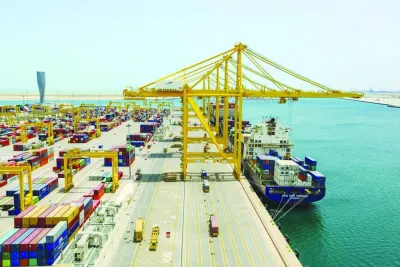The Gulf Co-operation Council (GCC) banks' capital buffers will remain "comfortable", while a slowdown in credit growth and higher earnings will contribute to the GCC lenders' "stable" capital metrics, according to Standard and Poor's (S&P), a global credit rating agency."The GCC banks have always operated with comfortable capital buffers, and we do not expect this to change," S&P said in a recent report.Finding that slower credit growth and higher earnings mean that the GCC banks' capital metrics will remain "stable", it said the banking systems in Saudi Arabia, the UAE, Qatar, and Kuwait reported a Tier 1 regulatory capital ratio of 15% and above in 2022.The report highlighted that higher interest rates will reduce GCC banks' credit growth, but Saudi and UAE banks' performance will be more "resilient".S&P expects higher interest rates will reduce Kuwaiti banks' credit growth to about 3%, from almost 8% in 2022, and soften Saudi banks' total lending growth to about 10% in 2023, from 14% in 2022.The UAE banks, on the other hand, will benefit from still robust non-oil GDP (gross domestic product) growth, which will somewhat mitigate the negative effect of higher interest rates on credit growth, according to S&P.Expecting the UAE banks' credit growth to improve to approximately 7% in 2023 compared with 5% in 2022; the rating agency said yet, a long period of higher interest rates and the slowdown of the oil economy could pose challenges.Qatari banks, unlike their GCC peers, will continue to experience a sharper decline in credit growth. This is because the country's main infrastructure projects, which are a key driver for credit demand through contractors, were completed in time for the 2022 FIFA World Cup.Even though credit costs in the GCC region, with the exception of the UAE, will increase, "we still expect the GCC banks' return on assets (ROA) will improve in 2023, mainly due to higher margins and still satisfactory, albeit lower, lending growth in some GCC countries," it said.

Most Read Stories


